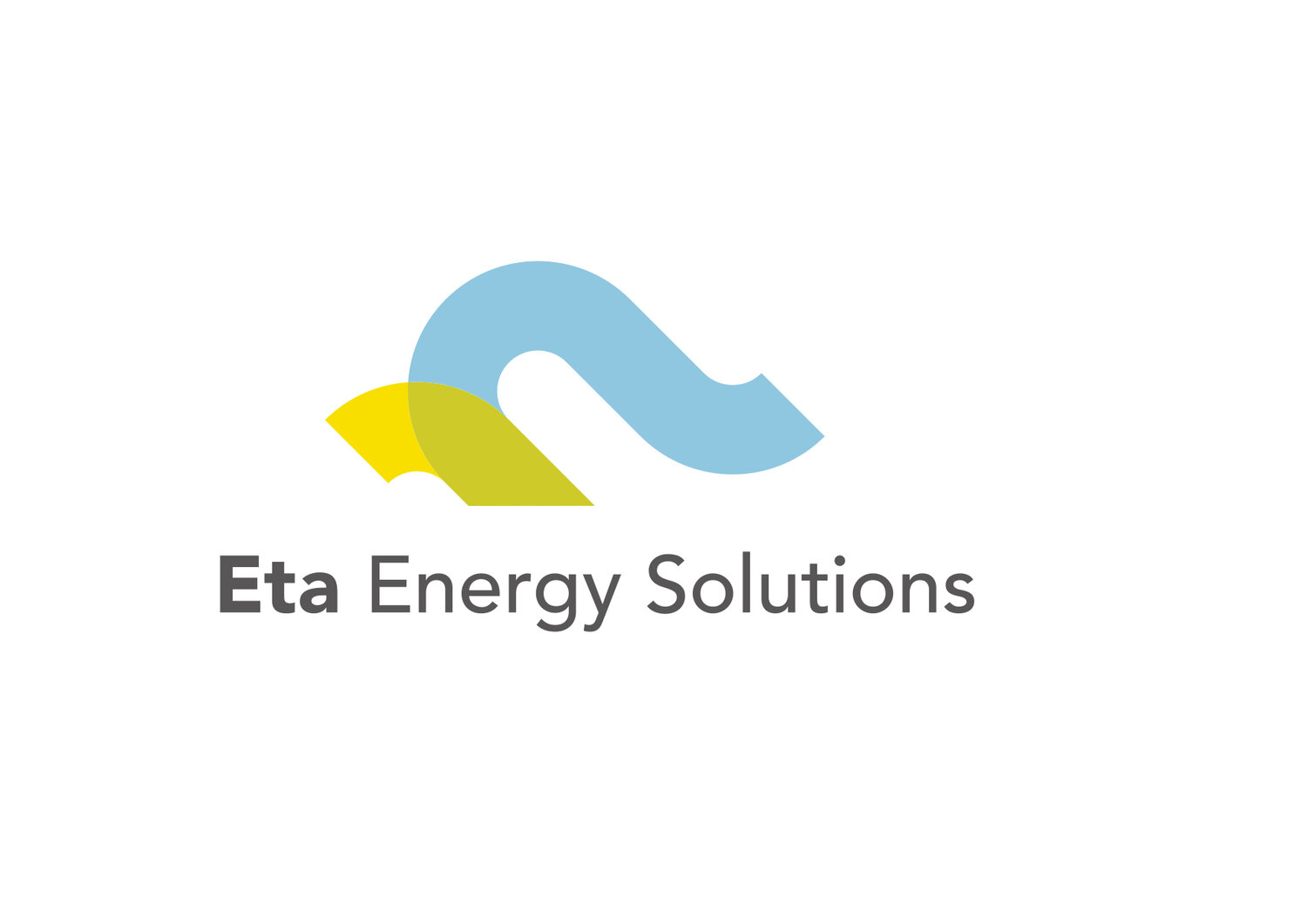Benefits of Tackling Suboptimal Performance of Centrifugal Compressors
Although the suboptimal performance of centrifugal compressors can cause serious damage to oil and gas production operations, there tends to be slowness or hesitancy to proactively act to resolve performance issues. This is especially the case if the poor performance has not resulted in a failure that shuts down the production facility or in significant loss of production. There remain however many tangible benefits of tackling suboptimal performance of critical gas compression equipment.
In my experience, some of the common benefits are:
Reduced facility downtime and production deferment: Studies have shown that gas compression systems are the biggest causes of unplanned shutdowns and maintenance in the UK. It is estimated that around 40 million boe per year in hydrocarbon production losses are attributable to gas compression issues [1]. A proactive strategy for avoiding and resolving performance issues of gas compression equipment will usually translate to significant gains with regard to the reduction of downtime and production losses.
Reduced operational and maintenance costs: Activities that lead to optimum performance of gas compression equipment will produce less likelihood of failure. This will inevitably lead to a consequent reduction in operating expenditure.
Avoiding surging and failures of compression equipment: Continuous surging of compression equipment can lead to major failures and extended downtime. Surging of compressor equipment is usually caused by the suboptimal or off-design operation. By optimizing the operating points and envelope of the compressor, surge events can be minimized or avoided.
Improve reliability and availability of compression equipment: Poor reliability in compression systems is usually caused by the suboptimal operation. This can lead to high vibrations and other undesirable phenomena. By optimizing the design and operation of gas compression systems, their reliability and by extension their availability can be vastly improved. I have had project experiences in which the availability of gas compression equipment has been demonstrated to improve from around 50% to around 95%.
Improved energy efficiency and fuel consumption: Poor performance of centrifugal compressors can lead to low efficiency or continuous operation in recycling. These in turn result in significant increases in fuel consumption and poor energy efficiency. By optimizing the performance of gas compression systems, the fuel consumption of the compression system can be significantly reduced and the energy efficiency massively improved. This provides two main advantages of reducing operating costs and reducing the carbon footprint of the operation.
Improved compressor production: By optimizing the design and operation of gas compression systems, more opportunities for increasing production arise. This is usually from (or a combination of) improved compressor efficiency, more driver power availability, or reduced fouling/performance degradations.
Optimized compressor design and selection for the entire life of the field: As operating companies consistently build up a culture of proactively tackling suboptimal performance of compressors, they are able to keep on top of changes in process duties and their effect on the gas compression and wider process systems. The optimization of gas compression systems is a continuous one. This is because what is considered optimum changes throughout the life of the field.
Life extension of compression equipment and production facilities: In the UK North Sea, like in many oil and gas regions around the world, dealing with life extension, aging, asset integrity, and obsolescence issues is a significant concern. A consistent culture of proactively tackling suboptimal performance of compression systems throughout the life of the field will go a long way to ensuring that the production systems are fit for service even beyond their initial design life.
Integration of satellite fields: One way in which the value of optimizing compression systems can be increased is by combining this with the integration of satellite fields. This is especially the case for significantly declined fields where the compression systems are operating suboptimally due to the decline in rates and pressures from original design values. In such situations, the integration of new satellite fields provides cost-effective opportunities for the compression systems to operate in a ‘happier’ place while the existing production asset is maximized.
Reference:


